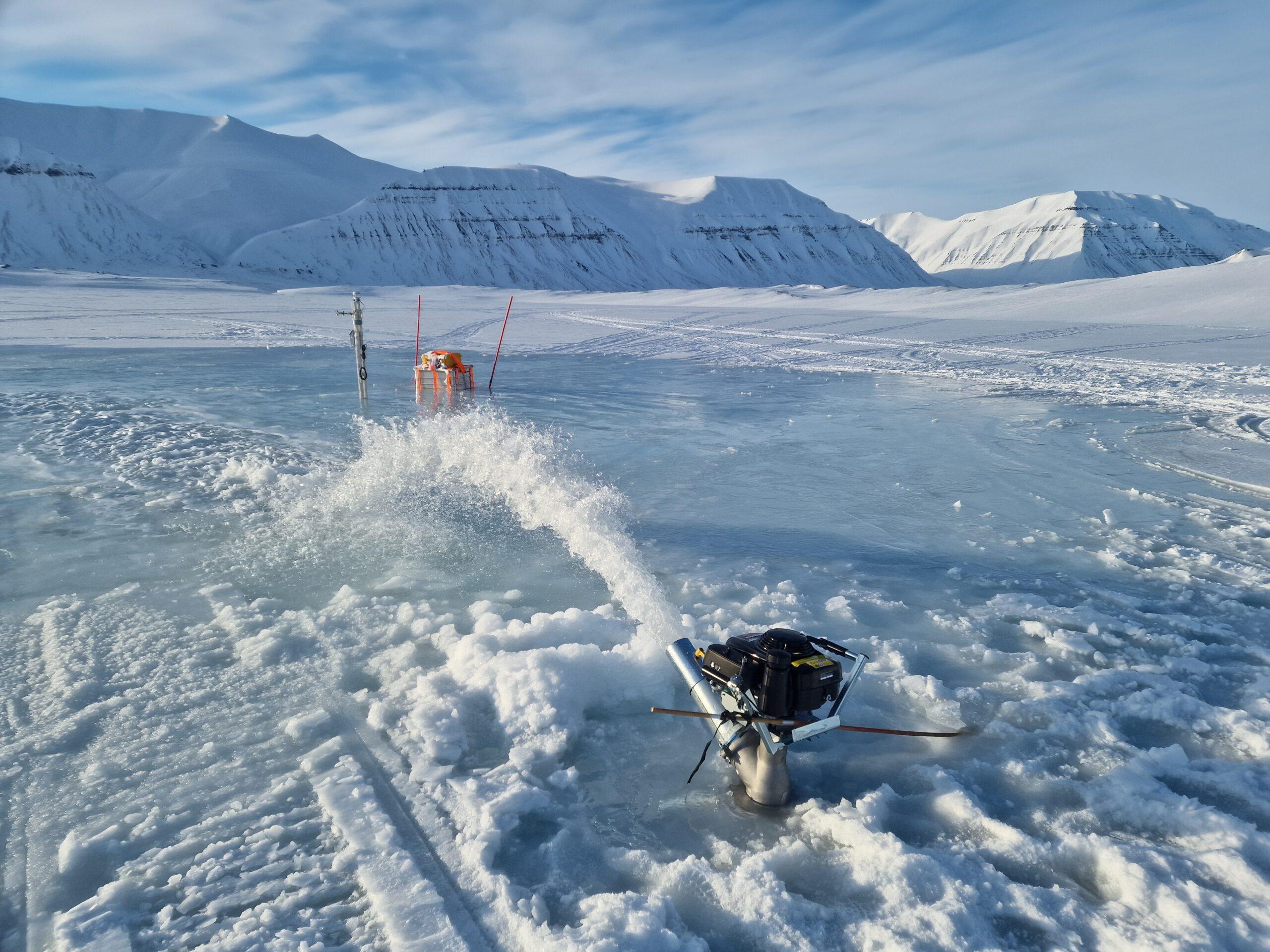
Thickening large areas of ice by pumping seawater onto it, in extreme cold conditions, presents several challenges. One of the hurdles we’ve encountered is ensuring even spread the water. To tackle this, we’ve been testing hoses to optimise the distribution of water over a large surface. We found that the rapid freezing within these distribution hoses, can interrupt operations, damage equipment, and cause significant delays. “Imagine you’re at -25 °C to 30 °C, pumping for a while, and you stop. There’s still some water in the hose, and that’s going to freeze,” explains Soroosh Afzali, Lead Engineer at Arctic Reflections.
To understand how freezing and blockages occur during and after pumping at -25°C ambient temperature, Canada-based Soroosh and Mechanical Engineering Technician Rob Pritchett conducted laboratory experiments at the National Research Council (NRC) in Canada.
Identifying and testing solutions
“We need to know how long it takes for the water freeze in the hose, how long it takes to melt, and whether rolling up the hose immediately, heating up the hose, or insulating it would help,” says Soroosh.
The NRC’s specialised cold-room facility simulates extreme Arctic conditions to study how water in hoses freezes and causes blockages. Our colleagues, Soroosh and Rob, tested several hose configurations in both fresh and saline water, gaining valuable insights into how freezing develops and most importantly how it can be mitigated during real-world Arctic operations. Building on these findings, we’ve developed a new guideline for effective hose use, which we’re looking forward to implementing and refining during our upcoming equipment trials and field tests this winter.
“These experiments are about ensuring our equipment works reliably in one of the toughest climates on Earth. By identifying and testing solutions now, we can increase the effectiveness of our field operations,” emphasises Soroosh.
